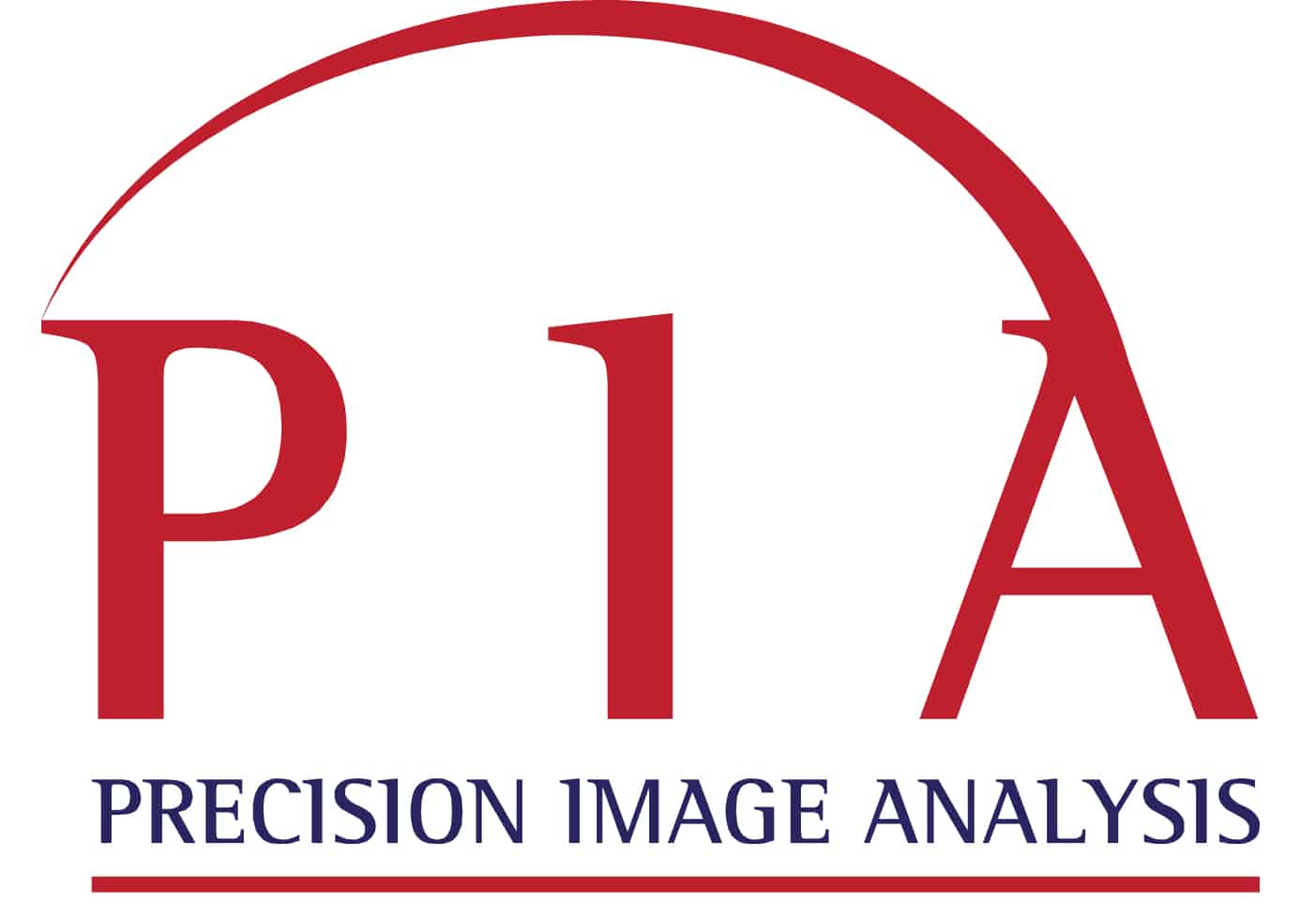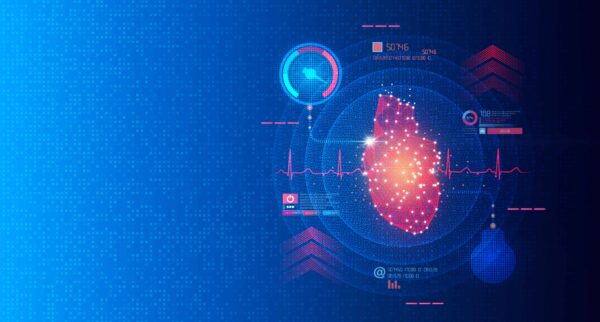|
Remote Cardiac Monitoring Momentum | HRS & ESC HF 2023
May 25, 2023
|
|
|

|
|
Together with
|

|
|
|
“Medicalization of obesity is picking up steam in healthcare—the train has left the station, IMO.”
|
|
Michael Albert, MD on obesity meds’ massive recent and future growth.
|
|

|
|
The last week featured two of the world’s largest heart failure and electrophysiology conferences, each driving a surge of new papers and studies suggesting that remote monitoring is moving to the forefront of both cardiology subspecialties.
CIED Remote Monitoring Consensus – The leading global Heart Rhythm societies released a long-awaited update to their Consensus Statement on the remote monitoring of patients with CIEDs (the first update since 2015). The CIED RM statement goes into incredible detail, while placing new or strengthened emphasis on:
- Confirming that RM remains the standard of care for patients with CIEDs
- Maintaining adequate, dedicated, and trained RM staff
- Educating RM patients and their caregivers
- Ensuring reliable and continuous CIED connectivity and communications
- Strengthening collaborations across all RM stakeholders
- Highlighting the benefits of third party RM platforms
- And more…
Implicity’s CIED RM Advantage – Remote monitoring might be “the standard of care” for patients with CIEDs, but outcomes from different RM platforms are far from standardized. Implicity’s analysis of over 68k patients with CIEDs found that those monitored using the Implicity platform had significantly better one-year outcomes than patients monitored using platforms provided by CIED manufacturers, including:
- 22% lower all cause mortality rates (even after confounding factor adjustments)
- 4% fewer annual hospitalizations per patient
- 6% fewer annual hospitalization days per patient
Remote HF Monitoring Evidence – Data from the MONITOR-HF trial showed that remote pulmonary artery pressure monitoring improves chronic heart failure patients’ quality of life and reduces their need for medical care. Among 348 patients in the Netherlands with chronic heart failure, those randomized for monitoring with Abbott’s CardioMEMS-HF system had:
- Far higher KCCQ quality of life scores than the usual care group after one year (+7.05 vs. -0.8; the primary endpoint)
- Fewer heart failure hospitalizations (117 vs. 212) and urgent visits (11 vs. 17) than the usual care group after 1.8 years .
The MONITOR-HF trial provides the first European evidence supporting PAP-based HF monitoring, and largely matches the results from previous U.S. trials, which the researchers suggest should drive adoption in Europe.
Extended ECG Monitoring for HCM – iRhythm’s EXAMINE-HCM study highlighted the benefits of long-term ECG monitoring among patients with hypertrophic cardiomyopathy (HCM). Analysis of HCM patients monitored using iRhythm’s Zio XT service showed that 14-day monitoring achieved far higher diagnostic yields than only monitoring during the first 48 hours for detecting non-sustained ventricular tachycardia (NSVT) and high-risk NSVT (48% vs. 14% & 24% vs. 8%).
- The additional identification of high risk NSVT episodes over more extended monitoring periods has potential impact on sudden death risk stratification in HCM patients.
|




|
|
Precision QRS Detection
QRS detection is essential for any ECG algorithm, and Monebo’s Kinetic QRS ECG Algorithm sets the standard for accuracy. Kinetic QRS accurately detects the QRS complex, no matter the amplitude, waveform, or noise levels.
|
|
PIA’s Post-Processing Solution
Advanced cardiac imaging often calls for a time-consuming post-processing step, requiring costly software, hardware, and training. See how PIA provides this post-processing at lower cost, improved consistency, and greater efficiency.
|
|
Start Measuring What Matters
Looking to optimize your cardiovascular imaging services, but don’t know what to measure? Check out this Change Healthcare report for insights on how to track and evaluate your cardiovascular imaging performance, assess quality, and enhance operational efficiency. Read the full article now and start measuring what matters!
|
|
- Aficamten’s nHCM Benefits: Cytokinetics released more encouraging results from cohort 4 of its REDWOOD-HCM study (n=41), showing that aficamten is safe and effective for treating non-obstructive hypertrophic cardiomyopathy. At 10 weeks, aficamten was associated with a 10.6 point improvement to KCCQ-CSS quality of life scores, while 58% of patients experienced reduced symptoms, 56% achieved a ≥1 NYHA functional class improvement, and all nHCM patients with angina saw their chest pain frequency decline. These phase 2 results set the stage for a Phase 3 trial later in 2023.
- PaceMate & AliveCor’s RM Partnership: PaceMate and AliveCor announced the integration of the PaceMateLIVE remote monitoring platform with AliveCor’s KardiaPro remote ECG devices (single-lead & six-lead). With the integration, healthcare providers can use PaceMateLIVE to access and analyze heart rhythm data from patients who are monitored with AliveCor’s consumer ECG products, alongside other monitoring device data that PaceMate also supports (event monitoring, heart failure, implantable cardiac devices, weight, blood pressure).
- Vascular Care’s Wild West: ProPublica exposed the “Wild West” of outpatient vascular care, noting how CMS efforts to drive non-invasive and non-hospital vascular procedures also drive a surge in unnecessary and dangerous outpatient care. The article revealed that atherectomy volumes doubled and physician payments tripled between 2013 and 2021, with the top 5% of physicians (just 90 doctors) accounting for more than one third of U.S. atherectomies and nearly $1B in payments. If those numbers aren’t shocking enough, the article detailed a long list of unnecessary care horror stories.
- Abbott’s Heart Rhythm Approvals: Abbott celebrated HRS 2023 with a pair of heart rhythm FDA approvals. Abbott announced the FDA clearance of its new Assert-IQ insertable cardiac monitor (ICM), which checks/transmits heart rhythm data every 20 seconds, and ships with varying levels of battery life (3 or 6yrs) and alert management features. Abbott also announced the FDA approval of its TactiFlex Ablation Catheter, Sensor Enabled, touting it as the first and only contact force catheter designed with a flexible tip, and highlighting its compatibility with Abbott’s EnSite X EP cardiac mapping platform.
- Women’s Post-MI Risks: A new study from last week’s ESC Heart Failure 2023 conference further highlighted women’s greater heart disease risks and CV care challenges. Analysis of 884 patients who were admitted for heart attacks and treated with PCI within 48 hours of symptom onset found that women were far more likely to die within the following 30 days (11.8% vs. 4.6%) and five years (32.1% vs. 16.9%), while women also had much higher rates of MACE at 5 years (34.2% vs. 19.8%).
- Hello Heart for Menopausal Women: Noting women’s glaring heart health challenges (like the study above), cardiovascular digital therapeutic company Hello Heart announced the addition of a new feature designed to provide menopausal women with the tools and information necessary for managing their heart health. The new feature combines real-time health data, education on the relationship between menopause and heart risk, and encouragement to advocate for proper care.
- Empagliflozin’s Kidney Risk and CV Impact: A pooled analysis of the EMPEROR trials found that empagliflozin reduced the risk of CV death or HF hospitalizations similarly across all Kidney Disease Improving Global Outcomes (KDIGO) categories. The study (n=9,718 HF patients) found that empagliflozin’s impact on major HF events was not influenced by KDIGO categories, and the HF medication reduced the rate of eGFR decline whether it was estimated by chronic slope, total slope, or unconfounded slope.
- Stereotaxis & Abbott’s Robotic Ablation Alliance: Stereotaxis announced a global cardiac ablation alliance with Abbott, integrating Stereotaxis’ Robotic Magnetic Navigation systems with the Abbott EnSite X EP cardiac mapping platform. Stereotaxis suggested that the combination of Abbott’s real-time diagnostic information with the “precision and stability” of Stereotaxis’ robotics would streamline procedural workflow and help improve arrhythmia treatments. The integrated solution is already cleared for use in Europe and more regulatory clearances are expected in the coming months.
- CCTA for Triple-Rule Out: What’s holding back wider use of CCTA scans for triple rule-out of people presenting to the ER with acute chest pain? University of Washington researchers proposed that chest pain assessments don’t require multiplanar reformation images (MPRs), thus eliminating the need for 3D post-processing required to create MPR images. Among 74 patients, transaxial CCTA alone was noninferior to the combination of transaxial CCTA and MPRs for detecting significant stenosis (difference in accuracy = -1.4%), suggesting that chest pain guidelines should consider supporting transaxial-only CCTA.
- HealthSnap Raises $9M: Virtual care management platform HealthSnap snapped up $9M in a financing round led by Steve Cashman, a proven operator who guided echo AI startup Caption Health through its recent acquisition by GE HealthCare. The funding will be used to help HealthSnap expand its remote patient monitoring and chronic condition management services nationwide after tripling its revenue last year – a result of it demonstrating meaningful clinical improvements across conditions such as hypertension, heart failure, obesity, and Type II diabetes.
- Elixir’s DynamX Bioadaptor Outperforms Resolute DES: Elixir Medical’s DynamX Bioadaptor was better at restoring vessel function at 12 months compared to the Resolute Onyx Drug-Eluting Stent (DES) in a randomized clinical trial presented at EuroPCR 2023. The trial showed a significantly lower target lesion failure (TLF) rate of 1.8% for DynamX versus 2.8% for Resolute Onyx. The DynamX bioadaptor also demonstrated in-device plaque stabilization and regression, unlike the DES, which saw an increase in plaque.
|
|
Staging Coronary Artery Disease
Believe it or not, there’s been no clinically relevant atherosclerosis staging system used to characterize heart disease — until now. Check out Cleerly’s four-stage system for evaluating atherosclerotic plaque burden, which is the direct cause of coronary artery disease (CAD).
|
|
AI to Democratize Echo
Us2.ai published what might be the most comprehensive paper we’ve seen on AI echo, detailing the benefits of AI-automated echocardiography, the global need for more scalable and flexible CVD assessments, and how its technology is fit for the future. If you’re focused on the echo, echo AI, or echo accessibility and efficiency, this paper is worth checking out.
|
|
The First Step to Coronary Artery Disease Diagnosis
HeartFlow’s new RoadMap Analysis solution allows CT readers to accurately, efficiently, and consistently identify stenoses in the coronary arteries. See how RoadMap Analysis’ visual and quantitative insights into the narrowing of all major coronary arteries helps readers evaluate coronary CT angiograms before determining the need for an FFRCT.
|
|
|
|
|